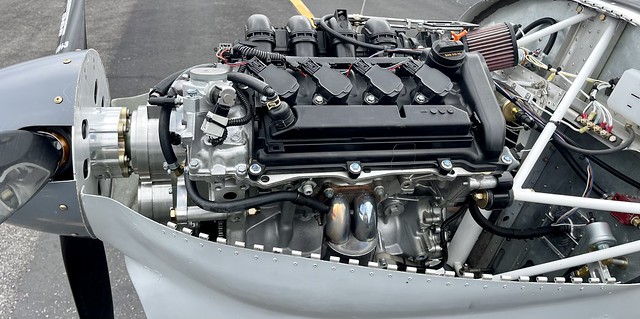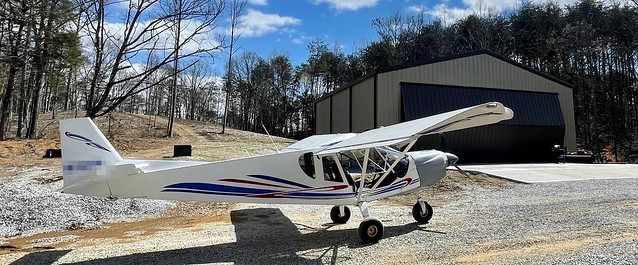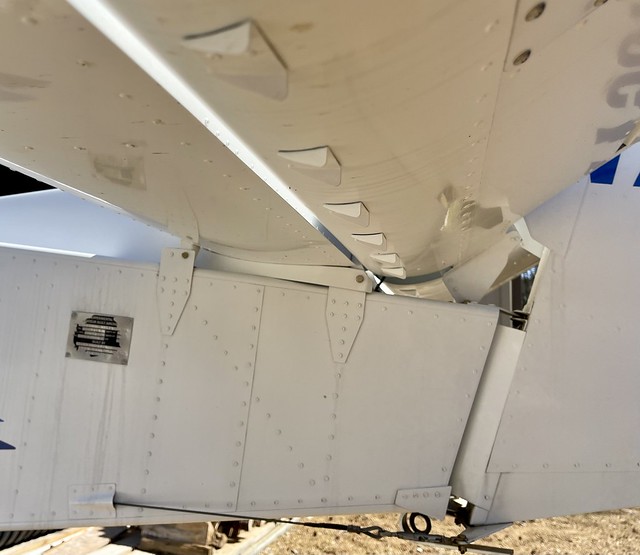I sort of get this. To a point.
An instructor yelled at me once when, during my multiengine training, I made a darn good, nearly full stall landing in the Apache we were using. “DAMMIT! You can’t land this thing like a Cessna 150!” I found that you basically could, along with the vast majority of GA aircraft I’ve flown and/or taught in.
But this Zenith does seem to not abide well with the techniques I’ve used with other planes for years. Very, very hard to arrive in ground effect with power off, full flaps and a little speed cushion and get even a little time in the flare before she’s done flying. I’ll adapt eventually, but it is different enough to need to acquire a new skill set to do consistently.



